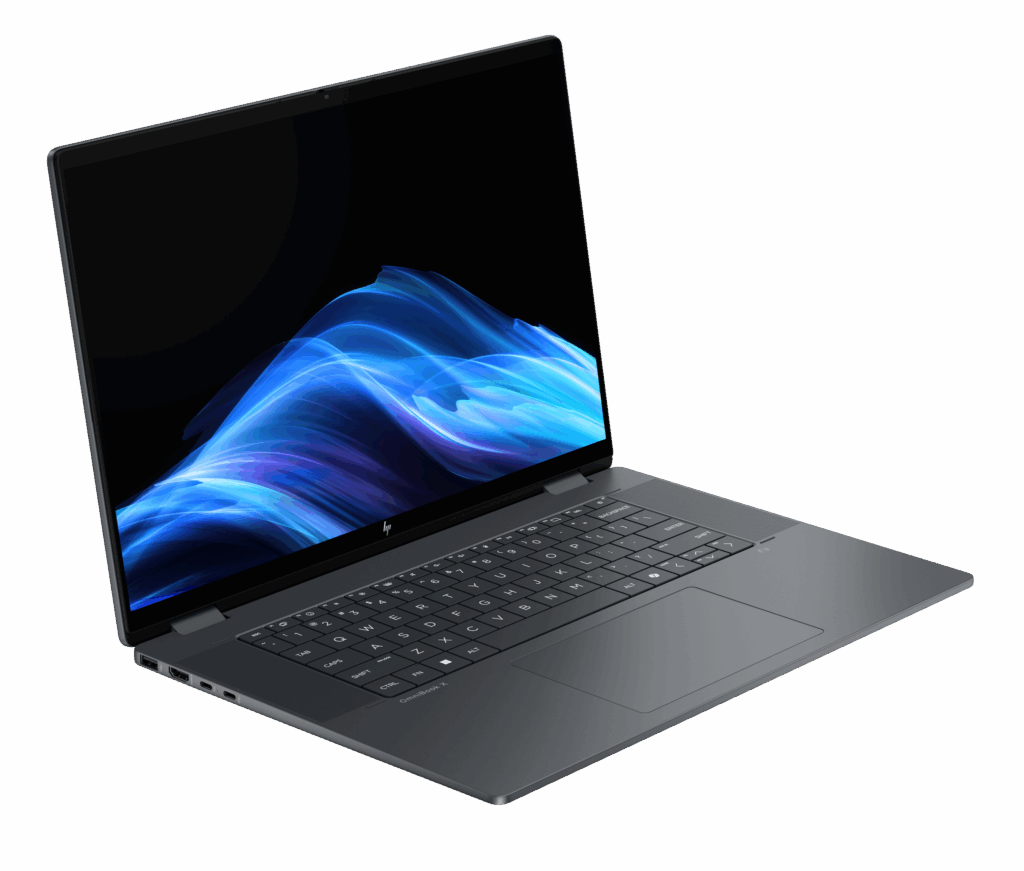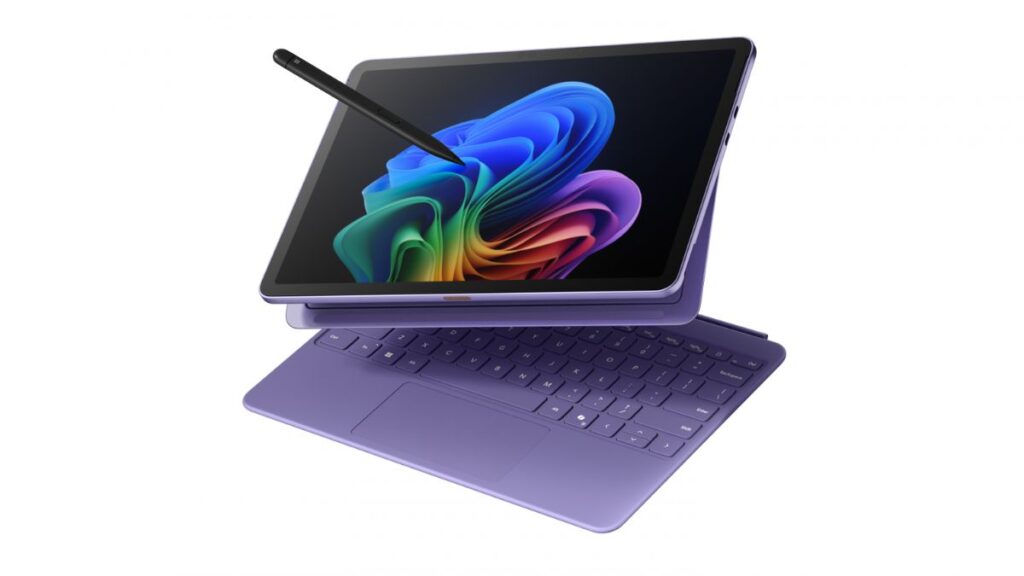30 Days with Surface Pro 3: Day 6
For Day 5 of the 30 Days with Surface Pro 3 series, I focused on how the Surface Pro 3 is—first and foremost—a Windows PC. Today, I am going to take a closer look at it from the other side of that equation. How does the Surface Pro 3 fare as a tablet?
It’s ironic that Microsoft has dubbed the Surface Pro 3 the “tablet that can replace your laptop.” While that assertion is, in fact, true, in order to do so the Surface Pro 3 should also replace your tablet, and it’s only moderately capable of doing that.
There is no denying that the Surface Pro 3 is a tablet device. But, there are [inlinetweet prefix=”” tweeter=”” suffix=””]three things that get in the way of the Surface Pro 3 being an awesome tablet[/inlinetweet]:
1. Size
Although the Surface Pro 3 is almost miraculously thin and light for a device that has a full Windows PC inside of it, and it is a significant improvement over its predecessor, it’s still “bulky” by tablet standards. It is 50 percent thicker, and more than 80 percent heavier than an iPad Air 2. The Surface Pro 3 fares about the same against other comparable tablets like the Nexus 9, Samsung Galaxy Tab S 10.5, and Amazon Fire HDX 8.9.
It is still thinner, and only slightly heavier than the 4th generation iPad, while providing a significantly larger display, ports for expandability, and a built-in kickstand among other things. It is also a full Windows PC, capable of running all of your existing Windows software, and using all of your existing Windows accessories and peripherals—which is something none of the pure tablets can claim.
2. UI
Pure tablets run pure mobile operating systems, and seem better-suited for tablet tasks and functions. The tiled Modern UI Start screen in Windows 8 provided a somewhat similar experience, but the fact that you can also add tiles for traditional Windows software, and those applications will open in desktop mode that looks and acts exactly like Windows 7 make it more cumbersome and confusing—and that was when Windows 8 was Windows 8, and there seemed to be a clear distinction between the mobile and desktop sides of its personality.
With Windows 8.1, and now the Windows 10 Technical Preview, Microsoft has made concessions and taken a few steps backward in this department. The line between the mobile-esque functionality and the traditional Windows desktop is getting more and more blurred, and Windows 10 seems to err in favor of providing a more familiar experience for traditional Windows desktop users.
The saving grace for a device like the Surface Pro 3 is that Windows 10 is supposed to be the one OS to rule them all, and dynamically adjust the experience based on the hardware it’s running on. It is still in beta now, but when Windows 10 is officially released it will ostensibly be able to detect that it is running on a tablet device, and automatically provide the more tablet-like experience.
3. Apps
According to Wikipedia, the Windows Store currently supports just under 200,000 active apps. Apple’s iOS App Store, and Android’s Google Play store each have more than 1.3 million apps—more than six times the selection.
Total app volume is a dumb way to measure an app store, though, in my opinion. I have fewer than 100 apps on my iPhone, and I only regularly use about 10 of them. I can’t even really imagine what the other 1.3 million-plus apps are, and I don’t care. I’m positive that I can find apps to do what I need to do in 200,000 apps. Plus, the Surface Pro 3 can also run all existing traditional Windows software, so that seems like a “Win” in the Surface Pro 3 column.
What matters more than the volume of apps is the specific apps that are available, and the quality of those apps. For example, there is no Instagram or Pinterest app in the Windows Store. There is no IMDB app, or Candy Crush. The apps I use for my banks and credit cards don’t exist in the Windows Store.
Yes, I can still do most of those things because the Surface Pro 3 is a full Windows PC, and I can just use the websites—but we’re talking about using the Surface Pro 3 as a tablet. When I have just the Surface Pro 3 tablet—without even the keyboard cover—I would prefer native apps that let me stay in “tablet mode” rather than trying to use the traditional Windows desktop.
We could also throw in price—the cheapest Surface Pro 3 model costs $200 more than the similarly equipped iPad Air 2, and the iPad Air 2 is expensive by tablet standards. However, comparing price ignores the fact that the Surface Pro 3 isn’t just a tablet. Anyone who is primarily in the market for a tablet, and considers price to be a major factor in the decision shouldn’t even be considering a Surface Pro 3.
It isn’t so much that you would choose a Surface Pro 3 over one of the other choices when shopping for a tablet. It’s that if you choose the Surface Pro 3 as your Windows PC, it becomes much harder to desire or justify also investing in a separate tablet.
None of these are deal breakers in my opinion. They are simply things that make the Surface Pro 3 less effective in the role of tablet than some of the competing devices.
The Surface Pro 3 is a solid tablet. It is the “tablet that can replace your laptop” because there are very few reasons you would need to also own or use a separate tablet if you have a Surface Pro 3. That said, the [inlinetweet prefix=”” tweeter=”” suffix=””]Surface Pro 3 makes more compromises as a tablet than it does as a PC[/inlinetweet], which is why it would make more sense for Microsoft to call it the “laptop that can replace your tablet.”
Day 5: Surface Pro 3 as a PC
Day 7: Finding what you need in the Windows Store
- AI Voice Clones and Mobile Phishing: The Cyber Threats You’re Not Ready For - July 11, 2025
- Rethinking Cloud Security for the Evolving Threat Landscape - July 11, 2025
- Why Data Security Is the Real AI Risk - June 30, 2025




Why are you comparing things to Windows 10, it’s not even finalized yet, they haven’t even enabled Continuum in any of the public available previews yet which will switch to a tablet mode if no mouse is detected (or you can set it to be in tablet mode all the time if you want it to), I agree that the app store is sparse still but there has been talk of them enabling Android Apps to operate native in Windows 10, if they do this then that issue would also be fixed. The main problem is Windows 8 wasn’t ready for Desktops or Tablets at release and still is off by a bit – MS is offering us the ability for feedback/ideas so hopefully they listen this time (3rd times the charm). I don’t think MS has even shared much of their Modern UI v2.0 work public yet.
Apple has offered an idiot proof OS on high quality hardware, MS’s hardware is well designed but can’t compare to the premium feel of a iPad – the only people who would prefer a surface over an iPad is someone who needs to use Windows Desktop apps while mobile. but you can use your iPad to remote login to a windows PC, so it’s possible to get by without one still. The pen support would be great for artists if they stuck with Wacom like they demand, but they focused on basic business/study uses so you could quickly jot down something just by pressing the button on the back of the pen, I feel they needed to offer options to win people over with Surface 4.
So the surface is just an expensive ultrabook with pen support, if you want a tablet for pure consumption, then the surface is the worst choice until MS address their lack of “useful” and expected modern apps and lower the price point to the same value as buying an equivalent ultrabook, because as an advanced PC user, I have no reason to want a surface over a good quality ultrabook with a QHD Touch screen as it can do everything the surface can, just slightly less mobile (that’s what my phone would be for tho). Another bad thing the surface did was 1 USB port and no SD reader, so it’s no good for managing backups as using a USB hub will 1/2 the transfer speeds and not having a SD card slot means photographers non WiFi Camera’s can not get quick access to their photo’s, Ultrabooks have all this and more, so if your a basic PC user a Surface can’t provide simple UI and good quality/useful apps/games yet and if your an advanced used it doesn’t provide enough ports/power (If your carrying the dock around it would be bigger than just carting an ultrabook).
So the surface 3 is a bad choice unless you need the pen interface or the most portable Windows Desktop machine in the world, it doesn’t offer anything better than the other devices dedicated to each purpose.
I appreciate the input.
I agree that the iPad is still the de facto tablet to beat, and would probably be my first choice if I wanted to just buy a tablet. But, I just sold my iPad because I have a Surface Pro 3 and I found that I never really used the iPad any more.
My point in this article is that the Surface Pro 3 makes some compromises and is lacking in some ways compared to pure tablets, but that because it IS a tablet it does also fill that role, and I feel like it is silly and unnecessary to carry an additional tablet around with it.
I understand your points, but so far I wouldn’t trade the Surface Pro 3 for any other PC on the market. We’ll see if Microsoft can top it with the Surface Pro 4.